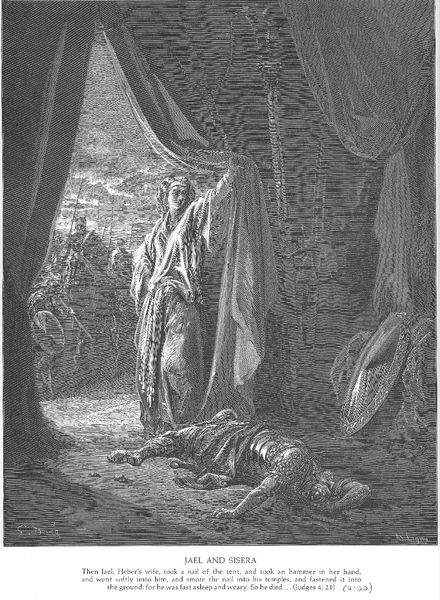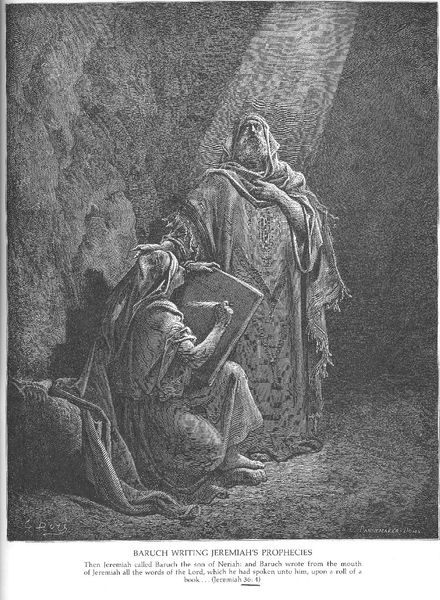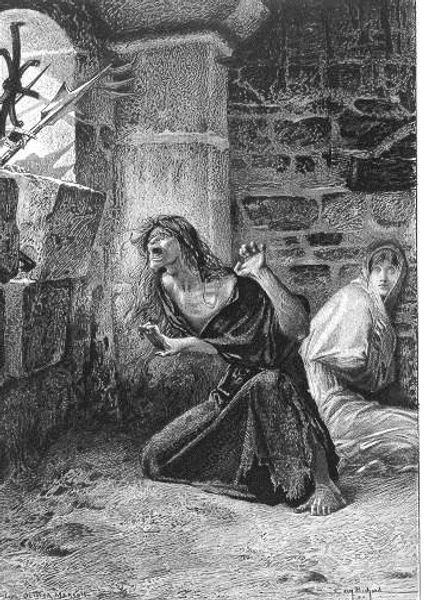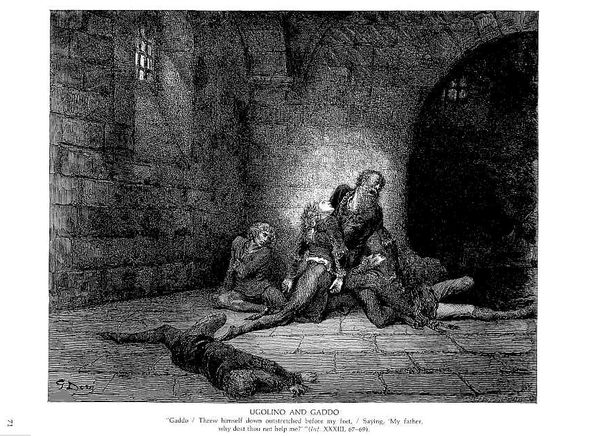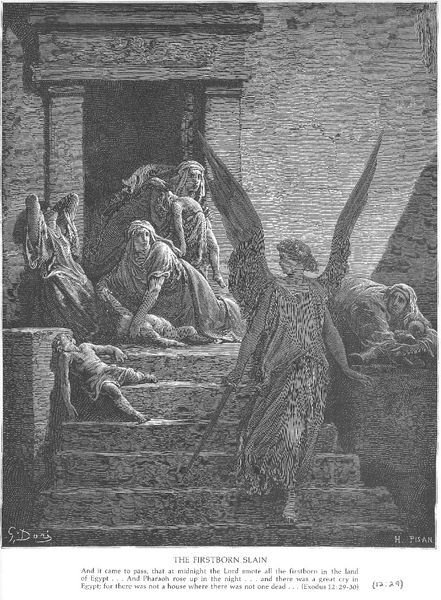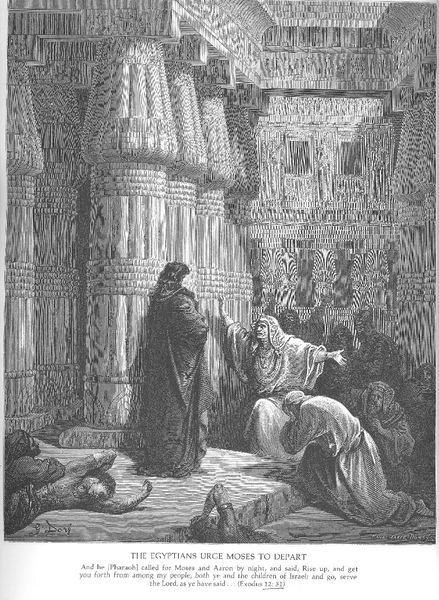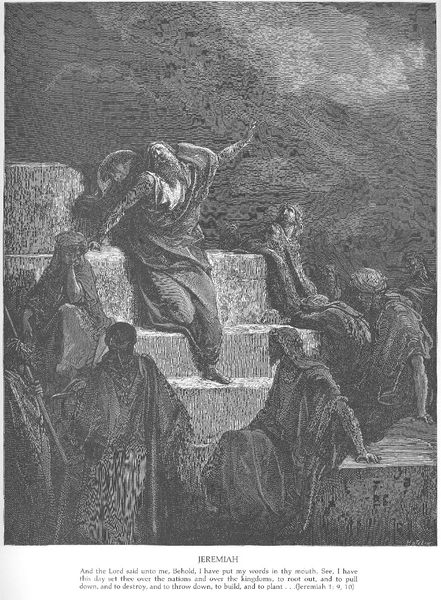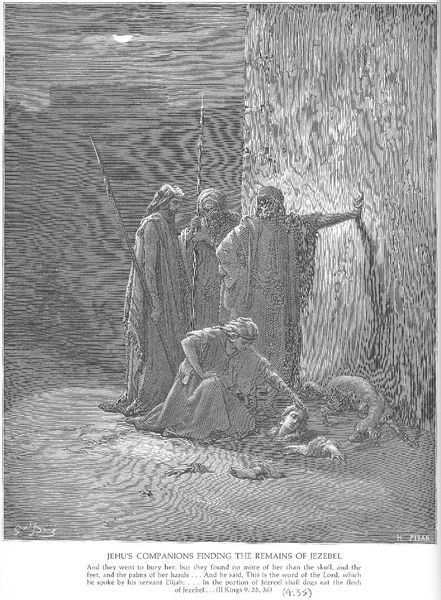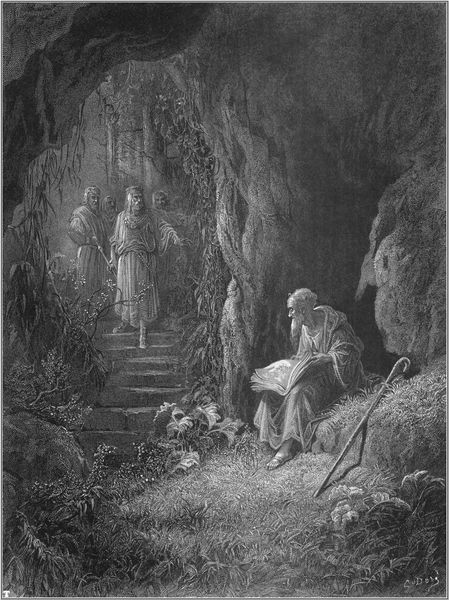
print, etching
# print
#
etching
#
figuration
#
christianity
#
history-painting
#
christ
Copyright: Public domain
Curator: Gustave Doré’s etching, titled "Baruch," immediately strikes me with its palpable sense of desolation. The high contrast and dense cross-hatching create an atmosphere thick with sorrow. What are your initial thoughts? Editor: The image's stark presentation really underscores themes of grief, and perhaps, exile. It evokes feelings of isolation, like the figure has been pushed to the margins – spatially by that corner, and perhaps metaphorically, as well. Curator: The figure, Baruch, sits slumped against a wall, head in hands, in a posture of profound despair. Baruch was a scribe and confidant to the prophet Jeremiah, often sharing in his prophecies, but also suffering the same persecution, imprisonment, and exile. So how do you think Doré is working within historical narratives? Editor: Absolutely. Doré positions Baruch at an interesting juncture of religious leadership and vulnerability. Here he is as both a figure of power by his relationship with Jeremiah, but completely stripped of dignity by his pose. We must also recognize the sociopolitical contexts surrounding the rise of secularism in the 19th century, a period in which many traditional belief systems were interrogated, reshaped, or dismissed. So, I wonder if Doré uses "Baruch" to depict both faith, and doubt, wrestling within the same frame? Curator: The play of light and shadow seems critical to creating those frames of belief and doubt that you mentioned. Light suggests the divine but also harshly reveals the harshness of Baruch’s circumstances. In many ways the high contrast emphasizes the emotional drama, very common in history painting. What audience do you think that attracts? Editor: Right. It definitely caters to an audience comfortable with melodrama. Think about those salon paintings of the 19th-century. And to understand the intended audiences, one has to consider the relationship between church, state, and patronage and think about the art market’s role. But there are other approaches as well. The way Doré uses light and dark, almost cinematically, anticipates how directors stage a film. We need to remember its potential to appeal to popular, not always elitist tastes, even now. Curator: Yes, his dramatic flair does translate across media. In summary, the social context in which the work appeared had much to do with religious change. It also served to engage and attract a new emerging middle class of art appreciators. Editor: I agree, considering Doré’s “Baruch,” its etching medium is a potent symbol reflecting a transformative period marked by conflict, identity, gender, and faith, which still feels remarkably relevant today.
Comments
No comments
Be the first to comment and join the conversation on the ultimate creative platform.

